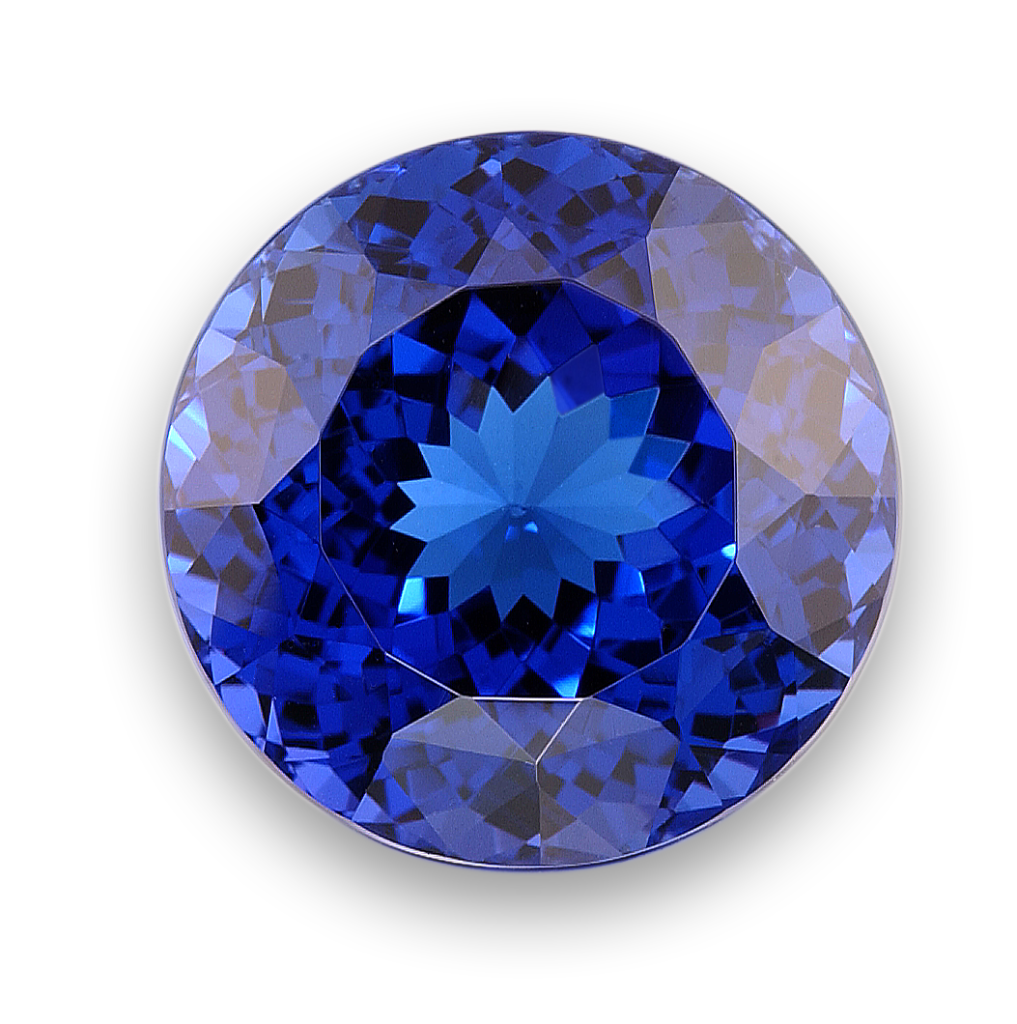Discovering Tanzanite
 Talk about location, location, location! This attractive gemstone is found in just one place in the World! Tanzania in East Africa had previously been known more for its wildlife than its minerals, but that all changed in the early 1960s. Tanzanite is a silicate (calcium aluminum) and was found in the 1960s by Manuel de Souza, a tailor and part-time gold prospector by accident near the Mererani Hills close to Arusha, the gateway to Tanzania’s wildlife parks. He originally mistook it for Periodot – but was subsequently identified as blue zoisite.
Talk about location, location, location! This attractive gemstone is found in just one place in the World! Tanzania in East Africa had previously been known more for its wildlife than its minerals, but that all changed in the early 1960s. Tanzanite is a silicate (calcium aluminum) and was found in the 1960s by Manuel de Souza, a tailor and part-time gold prospector by accident near the Mererani Hills close to Arusha, the gateway to Tanzania’s wildlife parks. He originally mistook it for Periodot – but was subsequently identified as blue zoisite.
Its subsequent promotion as Tanzanite by the jewelers in the USA (Tiffany’s to be exact) has meant it soon became a highly prized gemstone which can be cut into a whole variety of different shapes by experts. It is not a particularly hard gemstone so it must be treated with extreme care, especially during cutting and as a result is usually set in earrings and necklaces.thou Its rich blue color has made it “the gemstone” of the 20th Century as far as the industry is concerned.
How is Tanzanite sourced today?
The discovery of Tanzanite led to the setting up of a series of small mines around Merelani and the trading in tanzanite seems to be well organized and totally legitimate with 90% of these licensed traders members of the International Colored Gemstone Association (ICA). Over two million carats were mined in the first few ears after Tanzanite was discovered. The Tanzanian Government took control of the situation with the aim of ensuring the stones were not exported in a raw state. Historical licenses were revoked and the area divided into four blocks for mining. One of those blocks is very professionally mined by a publicly traded South African concern, but the other four are by artisan miners and a local businessmen consortium. That publicly traded company Tanzanite One Group not only mines Tanzanite but also buys from the artisans. The result has been an annual income to the country of over $20 million with the US being the major customer. In the US, the annual market in jewelry made from Tanzanite is estimated to be around $500m. It is thought that there is about 20 years of deposits left still to mine and hence the value of associated with this wonderful gemstone – which is more rare than Diamonds.
What color is Tanzanite gemstones?
Technically speaking Tanzanite is a deep blue/violet colored version of the Zoisite mineral. In terms of Tanzanite- it is found in a range of hues, between bluish-violet, indigo and violetish-blue on color, some of the larger carats being particularly impressive because of the purple tinge surrounding the deep blue. The blue itself can range from light violet blue to very deep blue (and should not be confused with blue sapphires). This is in contrast to its reddish brown appearance in its raw state. It is heat treatment which produces its vivid blue color and extreme care needs to be taken in this treatment as it is a most valuable gemstone. Zoisite is available in colors other than blue – Yellow and Green gemstone deposits are found in Tanzania and Kenya. There are also pink, yellow and green zoisite but none compare with the blue, Tanzanite.
What are the Properties of Tanzanite?
Color Blue
Crystal Orthorhombic
Fracture Uneven to conchoidal
Mohs scale 6.5 – 7
Specific gravity 3.10 – 3.38
One thing worth knowing – Tanzanite crystals have distinct pleochroism – this means that depending on how light hits a given stone – it can look to be three different colors! (Most often these are purple, blue or slate grey)
What ARE The USES of Tanzanite ?
Tanzanite is rare and has become a most prized gemstone for jewelry of all kinds. Its rich blue color added to its rarity has meant that fans of colored gemstones the world over want a tanzanite piece in their jewelry boxes. It can be cut into many different shapes, the classical cuts and more imaginative modern designs as well.
It is rare that a new gemstone comes on to the market but tanzanite did it with quite an impact. There is just a single source of the stone in the world hence its value is tends to hold and the demand for tanzanite jewelry is expected to remain high. If you are looking for elegance and have the financial wherewithal to pull it off then Tanzanite is the stone for you (or a great gift for someone special..).
